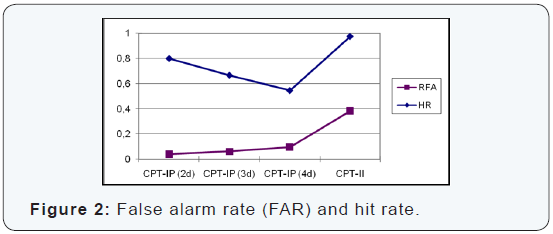
Conners Continuous Performance Test Ii Manual
Conners' Continuous Performance Test (CPT II) Version 5.2 for Windows® is an. Instrument is provided in the CPT II Technical Guide and Software Manual.
Methods The Child Behavior Checklist (CBCL) was completed by parents of ADHD children at the initial visit. The computerized Continuous Performance Test (CPT), Swanson, Nolan, and Pelham, and Version IV Scale for ADHD (SNAP-IV), and ADHD Rating Scale (ADHD-RS) were performed at baseline, one month, three months, and six months later, respectively. Patient care including drug therapy was performed at the discretion of the psychiatrist.
Chmod the new configuration files: chmod 600 sagepay_cfg.php system_cfg.php [root@rm04 ~]# chmod 600 sagepay_cfg.php system_cfg.php chmod: cannot access `sagepay_cfg.php’: No such file or directory chmod: cannot access `system_cfg.php’: No such file or directory 4 – mysql -u radius -pradius123 radius >>> Ok no problem help mee Like Comment by Kaan — May 22, 2015 @. Dmasoftlab crack. Hi patch 4.1.6 ” CentOS: chown apache sagepay_cfg.php system_cfg.php ” sagepay_cfg.php ” www radiusmanager ” not found in the folder [root@rm04 ~]# chown apache sagepay_cfg.php system_cfg.php chown: cannot access `sagepay_cfg.php’: No such file or directory chown: cannot access `system_cfg.php’: No such file or directory 3.
The ADHD patients were divided into DSM-IV subtypes (Inattentive, Hyperactive-impulsive and Combined type), and were additionally categorized into aggressive and non-aggressive subtypes by aggression scale in CBCL for comparisons. Results There were 50 ADHD patients with a mean age of 7.84 ± 1.64 years; 15 of them were inattentive type, 11 were hyperactive-impulsive type, and 24 were combined type. In addition, 28 of the ADHD patients were grouped into aggressive and 22 into non-aggressive subtypes. There were significant improvements in clinical symptoms of hyperactivity and inattention, and impulsivity performance in CPT during the 6-month treatment. The clinical hyperactive symptoms were significantly different between ADHD patients sub-grouping both by DSM-IV and aggression. Non-aggressive patients had significantly greater changes in distraction and impulsivity performances in CPT from baseline to month 6 than aggressive patients.
Conclusions We found that ADHD symptoms, which included impulsive performances in CPT and clinical inattention and hyperactivity dimensions, had improved significantly over 6 months under pragmatic treatments. The non-aggressive ADHD patients might have a higher potential for improving in CPT performance than aggressive ones. However, it warrant further investigation whether the different classifications of ADHD patients could be valid for predicting the improvements in ADHD patients' clinical symptoms and neurocognitive performance.
Attention deficit hyperactivity disorder (ADHD), which occurs in 3% to 10% of school-age children, is one of the most common child and adolescent psychiatric disorders [, ]. ADHD in children has been shown to have a significantly negative influence on global aspects of academic performance, family function, and interpersonal relationships [, ]. Several studies have demonstrated that ADHD is associated with cognitive impairments on neuropsychological tests [, ]. Because of the heterogeneity of symptoms in ADHD, the history of classifying ADHD is rife with debate. Early concerns about ADHD classification were raised over whether it is a broad sense of conduct disorder or a distinct externalizing category [ ]. Some studies have emphasized the importance of distinguishing between children with ADHD alone and those with a combination of ADHD symptoms and aggression [ ].
Aggression appeared to be a useful means of subtyping ADHD children with respect to behavior, cognitive performance, family function and later outcome [, ]. Different responses of aggressive and non-aggressive ADHD children to methylphenidate (MPH) were noted in behavioral and laboratory measures [, ].
Based on the current Diagnostic and Statistical Manual, Fourth Edition (DSM-IV) [ ], ADHD is categorized into 3 subtypes, including inattentive type, hyperactive-impulsive type, and combined type, according to the predominant clinical manifestations of inattention, hyperactivity, and impulsivity. The validity of DSM-IV ADHD predominantly inattentive and combined types has been debated for decades [, ]. Balochi song mp3 free download. Besides the clinical manifestations, differences in externalizing problems and impairments in school work and peer-related activity between subtypes have also been reported [ ]. The effects of methylphenidate on the neuropsychological profiles of subtypes of ADHD patients are still controversial [, ]. Of the stimulant medications, MPH is the most widely used in the pharmacological management of children with ADHD [ ]. Some studies have demonstrated the acute neuropsychological effects of MPH in ADHD patients [, ].